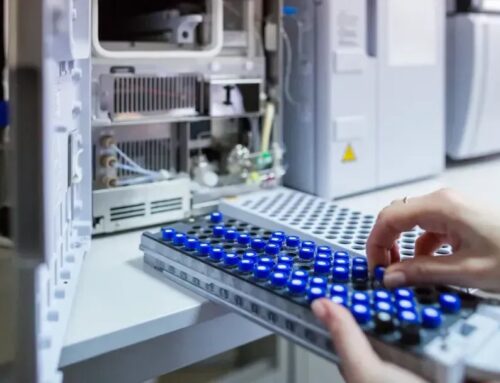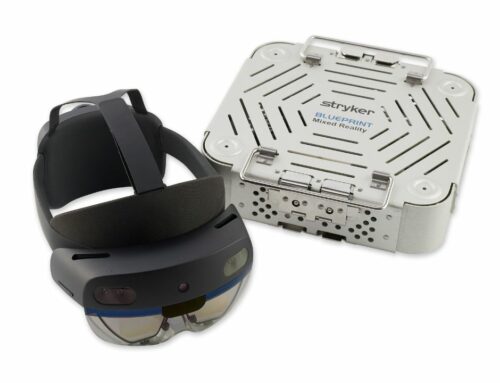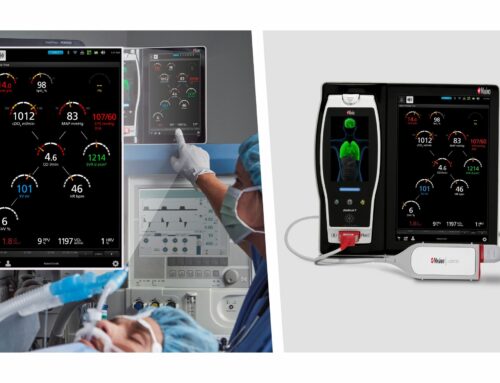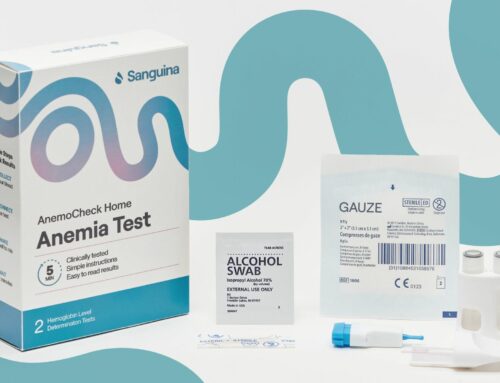By: Hollie Johnston, principal and human sciences capability lead at PDD |

With recent statistics suggesting that 70% of all projects fail, it’s vital that we do all we can to set ourselves up for success when we set out on a new design or development of a product. Every day, we are surrounded by products and services that don’t work as we expect them to. Whether it is a hard to follow set of instructions for a new medical device, or a convoluted set up process, people are constantly forced to develop workarounds to compensate for poor design.
The practice of Human-Centred Design (HCD) was created to combat these issues and is now widely recognized as a tool to create products and experiences that work for their intended end-users and impact their lives in a positive way.
However, despite the acceleration of HCD and the broader general understanding of its benefits, trying to fully grasp what people really need remains a challenge, particularly when you are exploring something that hasn’t existed before, and the end-user may not know what they’re missing.
Actions speak louder than words
Although market research techniques can help us explore a defined market segment or identify who might use a new product or service, it rarely delivers when evaluating innovation and realistic end-user implementation, especially in the healthcare space.
Asking people for their opinion about something they use on a daily basis doesn’t often turn into insightful outcomes. Asking them about something they have never seen or experienced in real life presents even bigger limitations.
When you ask someone what they need or how a product or service can be improved, they might talk about micro-changes – something small that they want, or that they think they want. Often, people find it difficult to express what they truly need, either because they cannot imagine doing anything differently from the current ‘norm’, or they accept a product’s flaw as something they have to live with to help with their condition. Through no fault of their own, most people lack the technical knowledge, insight and foresight needed to think up revolutionary concepts and better product solutions.
With this, we need to go beyond questions and observe and explore how people interact with the product or experience in a real-world setting. We need to look at not only how people use that product or service, and specific challenges patients might need addressing, but also their surrounding environment and how the product might fit into their lives. Only then will we be able to see what has not been said, get under the skin of users and identify what they really need.
Human-Centred Design, or Design Research, opens levels of empathy to help us understand how people might interact with what doesn’t yet exist. Instead of surveys or focus groups, we use observations, ethnography, cultural safaris, and a range of other tools to assemble a detailed, human-centred picture of the end-user, seeing each patient as a human as opposed to a statistic. Rather than relying solely on what people say, we use the tools of anthropology, psychology, and sociology to understand why people behave in the way that they do. This enables us to get to the bottom of their unmet needs, define challenges to solve, and establish paths for improvements and a better user experience.
Design Research focuses on the why, giving us true insights into who the users really are, what they do and why and how they do it. It is in this why that the opportunities for innovation lie.
Set up for success
The success of Human Centred Design relies heavily on the tools you use and is a highly nuanced task where emotional and cognitive elements are equally important.
For example, when conducting research in the medical industry, you might end up talking to someone who has been through something highly emotional or traumatic, that has a significant impact on their lives. In those instances, you need to have a thorough understanding of how best to listen and empathise, whilst still guiding the research to ensure that goals are met, and useful information uncovered to inform the design going forward.
Alternatively, you might be connecting with someone whose condition has resulted in a significant physical or cognitive impairment. In these circumstances, you need to choose the right tools to meet the research aims, but also to make sure that the methodologies do not influence or bias the outcomes. Just as in physics, the ‘Observer Effect’ – the disturbance of an observed system by the act of observation – is something we must consider and minimize as much as possible in Design Research.
Flexibility is also key, particularly in early-stage research. Being too prescriptive in the methodologies you use and the direction of the dialogue, runs the risk of missing crucial information, and results in a narrow or segmented picture of potential opportunities. Whilst it is important to have overarching aims for the research, following a flexible approach allows for greater spontaneity and the potential to adapt the interaction between the team conducting the research and the research subject. In those circumstances, whilst the dialogue is guided by a pre-defined script, it allows the facilitator to pick up on interesting threads of information or observations that arise naturally throughout the research session.
In research, selecting the right tools is important; but selecting the correct respondents is also key to ensure holistic findings. A major component of successful research activities is the identification of stakeholders; those with a direct interest in the product, system, or service you are going to develop, from the patients themselves, to family members, friends, and colleagues.
Look back to move forward
As the leader of the Human Sciences team at PDD, my background is in design and engineering, with our entire human sciences team a cross-section of talent with designers, psychologists, ergonomists and more.
This broad and diverse expertise gives us a clear view of what’s coming up in the development process. We understand patients and their needs, but also the many challenges innovators face when turning ideas into reality – from the limitations of a manufacturing process to nuances of building digital interactions. At PDD, we tailor our research to produce the best results and ensure the outcomes are always actionable, with insights that our clients can use to drive real-world, impactful innovation.
What’s more, as we move forward with the development process, we continue to look back. We go over the data to see how things fit together, identify where users are struggling and frame the most appropriate opportunity areas. And we never lose sight of the users to ensure that the products and services we create can deliver the market impact we were aiming for.
Building confidence at a time of change
In a world where people have increasingly high expectations of what a product and service should do for them, and a right to have a medical device work efficiently and in a way that fits into their everyday lives, being rigorous and having a clear understanding of people’s needs and aspirations is more important than ever.
Innovation requires significant investment, both in terms of time and money and only by developing experiences that truly address people’s needs, can organizations gain a competitive advantage. In addition, they can also get better return on their investment and stand out as drivers for change in the medical industry and more broadly.
Any piece of research should always deliver real-world value. Important questions we need to consider include how specific research is enabling new opportunities, how can we act on the results and how will our work benefit our customers, our organizations, and our societies.
As designers, innovators, and creators, we must never stop asking these all-important questions. Ultimately, research is there to give us and our clients confidence – the confidence that comes with knowing that a new product or experience will have a meaningful, lasting impact in people’s lives, delivering value and enhanced quality of life.
 About The Author
About The Author
Hollie Johnston is a Principal – Human Factors & Research at PDD, a product and experience innovation consultancy.
She is an expert in the usability of medical devices and a champion of the application of Human Factors methodologies in healthcare, to deliver meaningful innovations and better experiences for patients, carers and healthcare practitioners.












